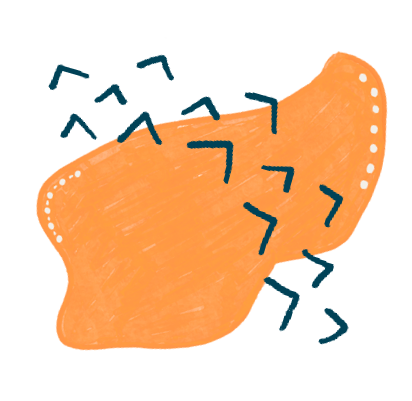
The workflows Language Services Providers manage include more than the translation or edition of a source text. A certain project may need other professional services to ensure a finished and high-quality deliverable. These tasks can be voice-over, subtitling, video editing, or graphic design, among others.
Specifically, when translating textual materials (like flyers, books, handbooks, posters, brochures, and so on), desktop publishing (DTP) is a crucial part of the workflow. In the localization industry, the DTP service mainly implies formatting a translated document using page layout software. Specialists recreate the original format, taking into account typesetting and layout, graphics, images, etc.
However, DTP specialists can also work before the translation begins, preparing documents, so they are suitable for import into CAT tools. Hence, DTP is a process that can take place before or/and after translation.
Editable documents
Textual materials can be files stored in many different editable formats. The most common and accessible in the industry are Word documents and InDesign documents (IDML). These can be imported into CAT tools, which has many advantages in a translation workflow. Namely, because they provide features that help with consistency and accuracy, like translation memories, termbases, and quality assurance settings.
If the documents have non-editable images or graphics with text (maps, charts, diagrams), DTP specialists can extract them. Once it’s translated, they insert the text into the graphics, retaining the original format.
Scanned documents
DTP specialists can also process and prepare scanned documents and photographs of textual materials that need a translation. As stated before, it is always better to have as input for translation an editable text, since with it, the management and linguistic team can process it using a CAT tool.
Optical character recognition (OCR) is a technology that can distinguish printed or handwritten text characters in digital images or scanned paper documents. This way, it’s possible to get an editable version of the text, suitable for edition, formatting, searching, and data processing. So, by using OCR software, DTP specialists can provide the translation team with editable documents from non-editable source texts.
However, getting an editable input document is not always possible. Some scanned documents have several pages with unintelligible handwriting or bad quality resolution, so OCR software doesn’t come with good results. In these cases, translators must work with them directly.

Extract of a scanned document processed with OCR
The final eye
DTP is not the final step of a project involving it. After the DTP specialist has worked on the files, a linguist (it can be part of the project or someone specialized in the task) must proofread the material. This last editor will review the formatted document in order to ensure the target text is accurately embedded in the original layout. He or she will also check that DTP specialists inserted no involuntary mistakes during their work process. Furthermore, they search for omissions, bad line breaks, spacing errors, spelling and punctuation errors, and text aspects.









